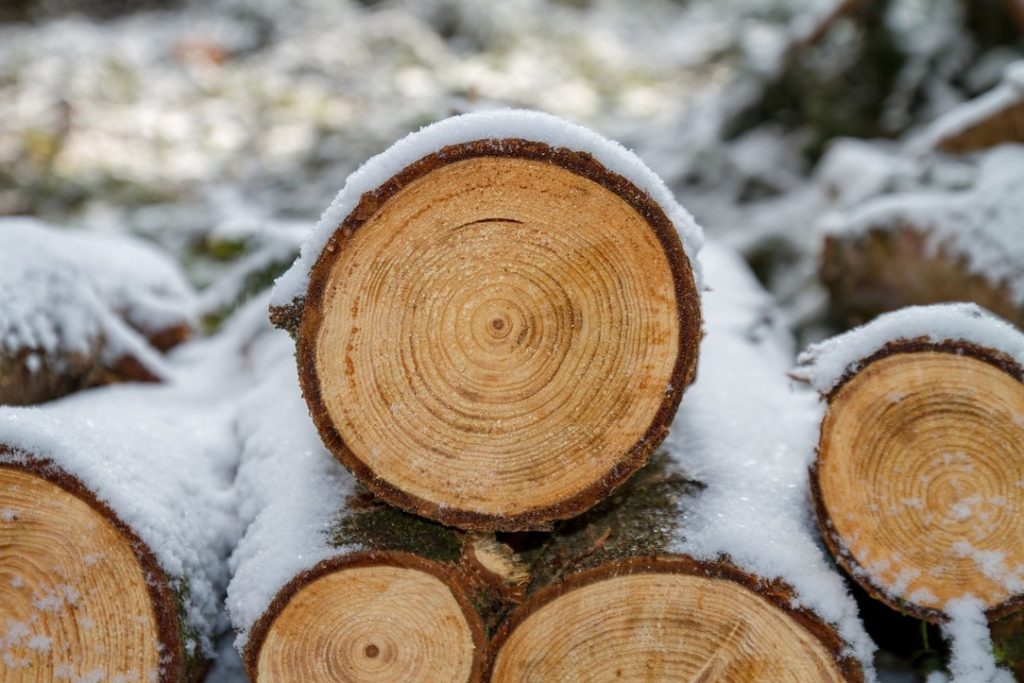/
0800 8620863Fueling Your Fires & Heating Your Homes - Since 2012



Published on 21 February 2024
Posted in
Wood is a timeless and versatile resource, essential for heating our homes, fueling our fires, and even enhancing the ambiance of a cozy evening. However, the phrase “wet wood” can send shivers down the spine of anyone relying on it for warmth. In this blog, we’ll explore what happens when logs get wet, whether they are automatically ruined, and provide valuable insights into saving and storing them effectively.
The Impact of Moisture on Wood:
Wood is like a sponge, capable of absorbing and releasing moisture based on its surroundings. When logs are exposed to rain or excessive humidity, they absorb water, leading to a higher moisture content. This increased moisture can have several negative consequences:
Difficulty in Ignition: Wet wood is more challenging to ignite due to the excess water content. It requires more energy to evaporate the water before the wood can combust effectively.
Reduced Heat Output: The energy that would otherwise contribute to producing heat is instead used to evaporate the water within the wood. This results in a lower heat output, making wet wood inefficient for heating purposes.
Increased Smoke and Creosote Formation: Wet wood tends to produce more smoke and creosote, a tar-like substance that can accumulate in chimneys. This not only affects the efficiency of the wood-burning process but can also pose a fire hazard.
Can Wet Wood be Salvaged?
The good news is that not all hope is lost if your logs have gotten wet. Salvaging wet wood involves a combination of time, proper storage, and patience:
Air Drying: Allow the wet wood to air dry in a well-ventilated area. Elevated temperatures and a steady breeze can expedite the drying process.
Stacking and Air Circulation: Stack the wood loosely to promote air circulation. Avoid tightly packing the logs, as this can hinder the drying process.
Covering and Protecting: Use a waterproof covering, like a tarp or plastic sheet, to shield the wood from additional rain or moisture. Ensure that the covering allows for ventilation to prevent the formation of mold.
The Role of Moisture Content:
Understanding the correlation between moisture content and wood quality is crucial. Dry wood, with lower moisture content, is less susceptible to water absorption. The drier the wood, the more resistant it is to becoming waterlogged. Properly seasoned wood, with a moisture content below 20%, is ideal for efficient and clean burning.
Conclusion:
While wet wood may pose challenges, it is not necessarily a lost cause. With the right approach to salvage and storage, you can still enjoy the warmth and comfort of a crackling fire. Remember, the key lies in prevention – store your firewood in a dry place and ensure it is adequately seasoned to minimize the impact of moisture. By doing so, you’ll be ready to embrace the enchantment of a well-burning fire, even on the dampest of days.

© 2025 Firewood Fuel - All rights reserved
Web Design and Marketing by Loop Digital